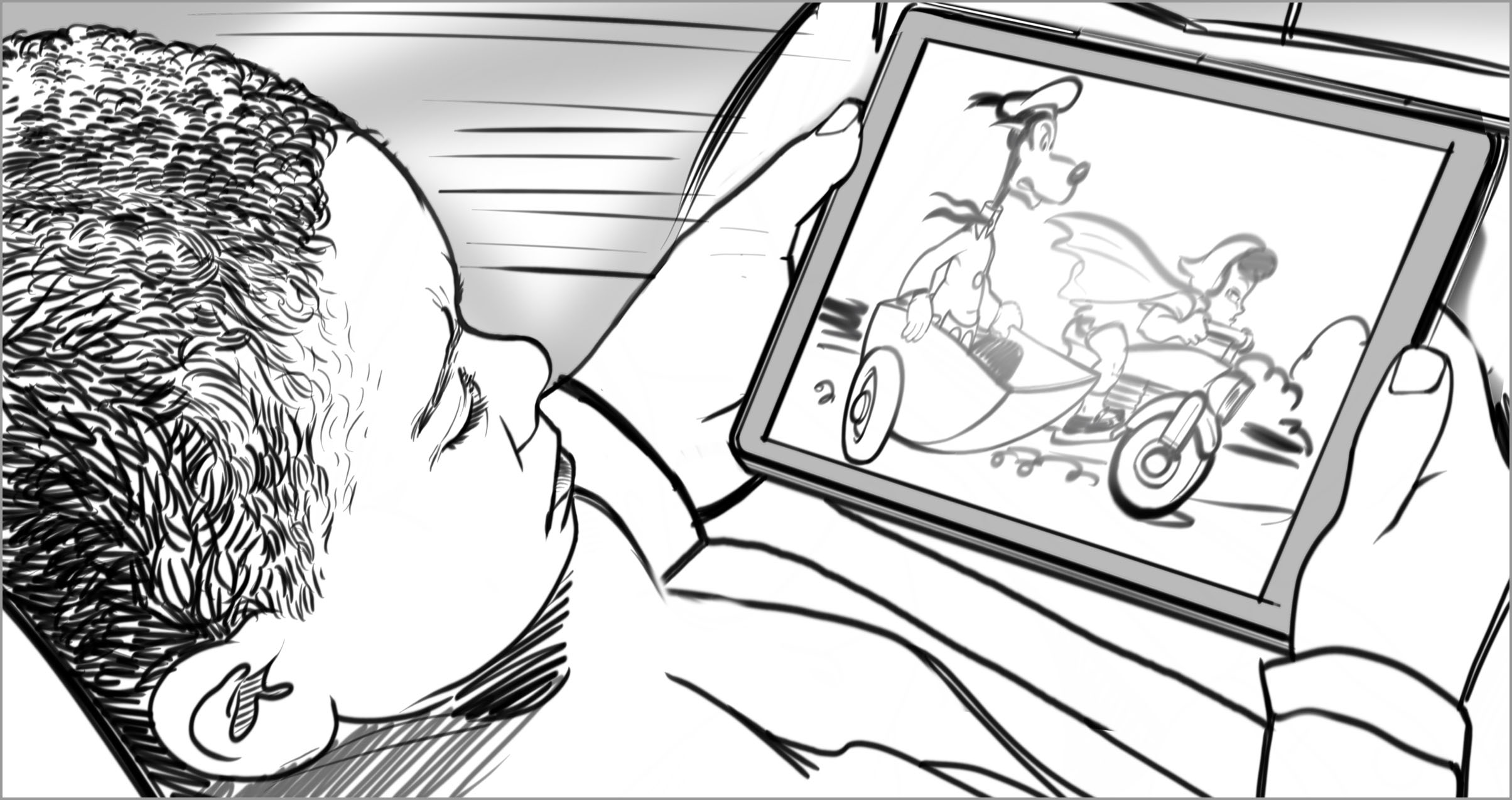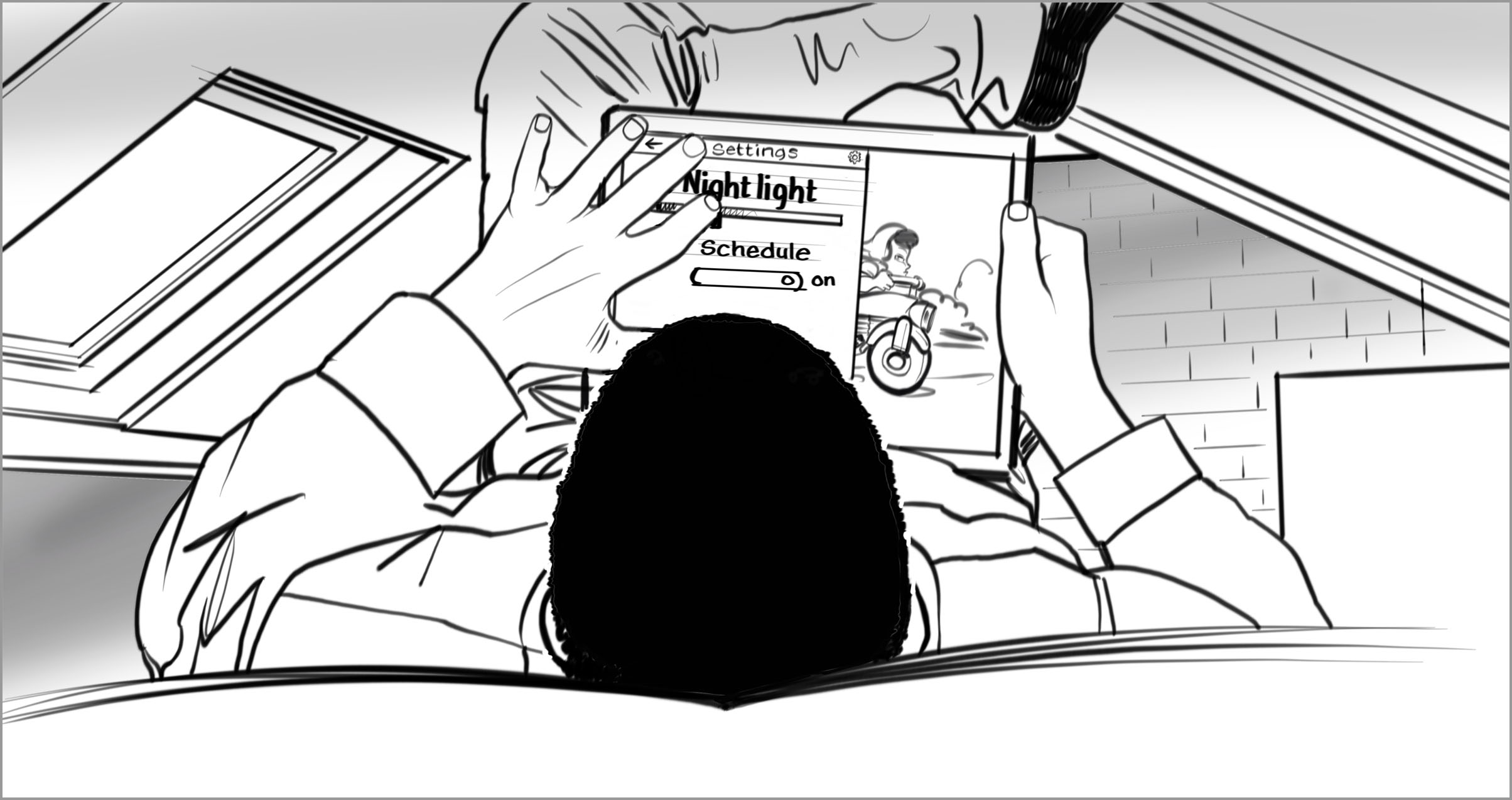Note
Access to this page requires authorization. You can try signing in or changing directories.
Access to this page requires authorization. You can try changing directories.
Intolerance of light, or increased sensitivity to it.
Devices emit a degree of light that enables users to easily see screen content. For some, this level of brightness can cause irritation or pain. Situational circumstances like having an eye infection or a migraine can cause increased sensitivity to bright lights regardless of environmental lighting. More permanent circumstances that may cause irritation from light include mental health conditions like depression, and eye diseases such as glaucoma or cataracts.
The ability to adjust the brightness of screen lighting or other light sources can optimize the usability of a device for someone experiencing light sensitivity.
Barriers
- Emittance of light from a device.
Facilitators
- Brightness can be controlled on screen
- Alternate methods of increasing screen visibility without increasing brightness (such as high contrast mode, color inversion, etc.)
- Color temperature can be adjusted (for example, night light)
- Flashes or flickering on screen can be eliminated
Examples

BARRIER — Devices that emit a bright light without any options to adjust brightness can be irritating or painful.

FACILITATOR — Settings that allow the user to adjust the brightness and contrast of a screen can make their experience more comfortable.
The purpose of this reference is to provide concepts people can use to document and discuss aspects of function. Design should happen with people with disabilities, this reference is meant to support that activity, not replace it.